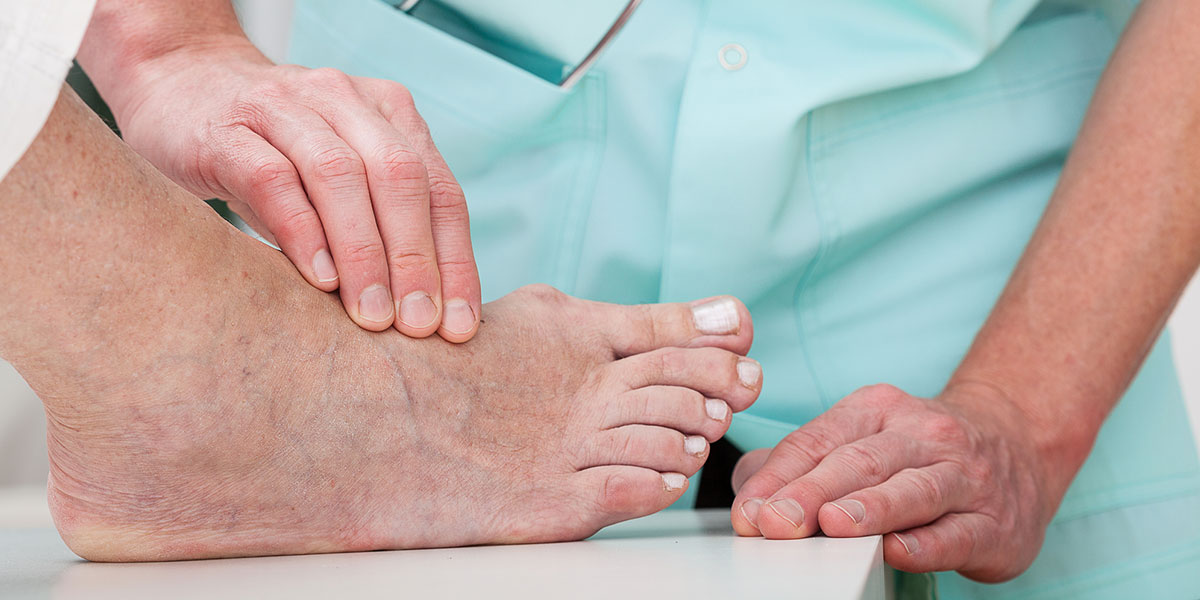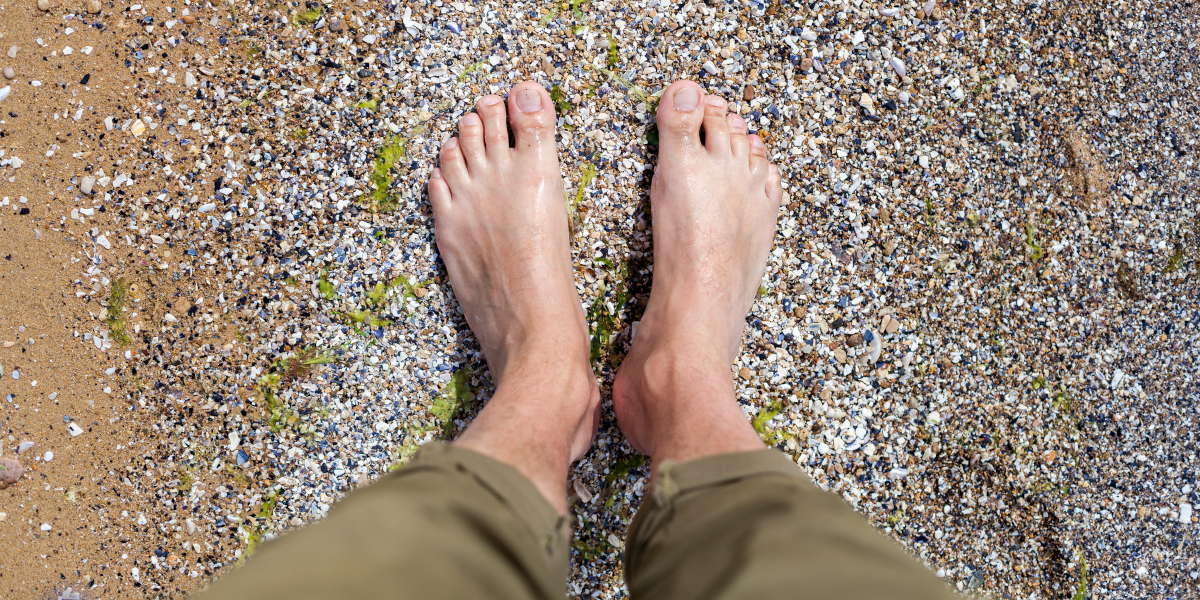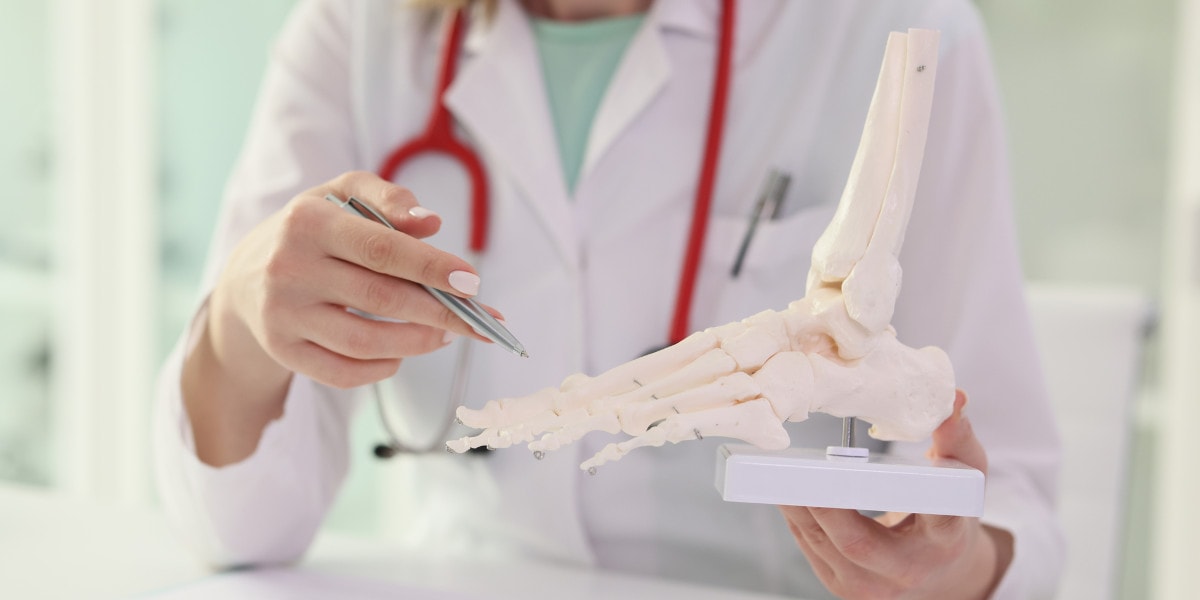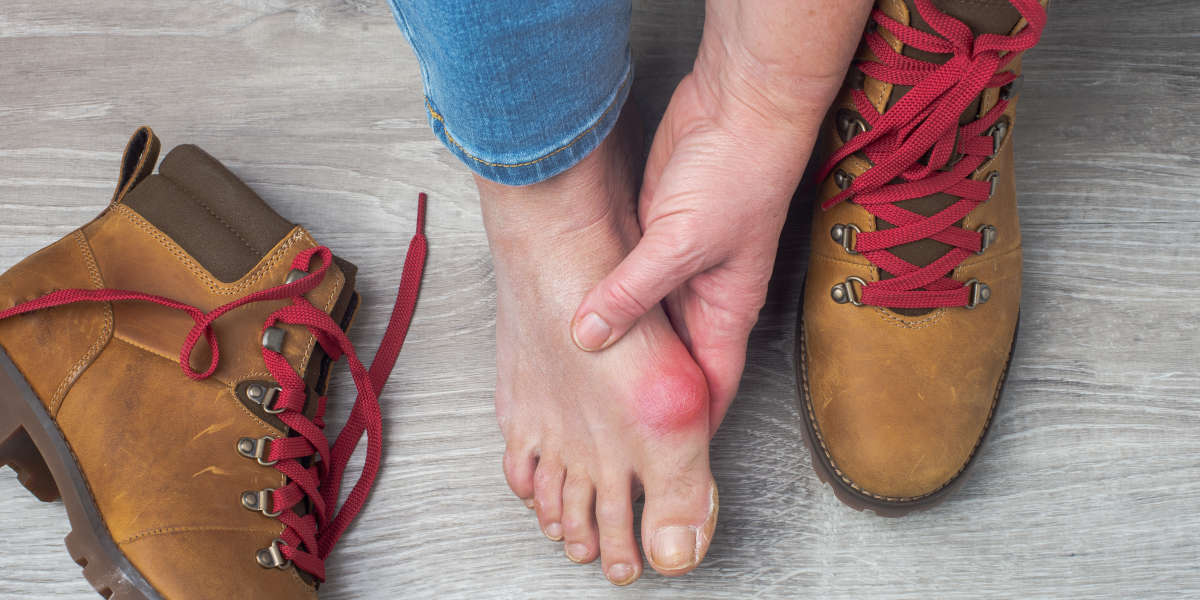Revision of Failed Bunion Surgery
The consequences of a failed bunion surgery can be life-changing
It goes without saying that a failed bunionectomy can take a significant toll on your quality of life by compromising the function and appearance of your foot, limiting your ability to tolerate shoe wear, and causing chronic foot pain.
The good news is that you no longer have to suffer from the poor outcomes of your previous surgery. That’s because a revision foot surgery can be performed by a specialist experienced in bunion revision surgeries to help restore motion and anatomical alignment at the great toe while improving the foot’s cosmetic appearance and relieving pain symptoms.
What happens when bunion surgery fails?
A failed bunion surgery can result in a number of complications including:
- Recurrence of the bunion deformity (known as hallux valgus): this is often due to the fact that the underlying cause of the bunion wasn’t addressed in the first place. One reason for recurrence can be that the wrong bunion correction procedure was performed in the first place
- Under-correction of the angular deformity at the big toe joint, leaving too much residual bunion “bump” present
Over-correction of the angular deformity, resulting in a big toe that points inward toward the opposite foot (known as hallux varus deformity): the toe points in the wrong direction due to a muscular imbalance resulting from a failed surgery
- A rigid, non-bending big toe (known as hallux rigidus): this can often be due to excessive immobilization in a cast that can cause the formation of scar tissue (adhesions) at the big toe joint
- Post-operative arthritis: when the cartilage that lubricates and cushions the joint degenerates, it is known as arthritis and results in pain, swelling, clicking or grinding at the joint and the formation of bone spurs
- Non-union or malunion of the bone (due to incorrect angulation of bone cuts or insufficient fixation of a fusion site or osteopenia)
- Forefoot pain
- Improper mechanical function after surgery that impairs walking
- Wound healing complications
Why does a bunion surgery fail?
There are a number of factors that can lead to a failed bunionectomy and, to be honest, there’s plenty of blame to go around between patients and surgeons. For example, patients might fail to observe post-op non-weight-bearing orders or perhaps they might fail to follow post-op wound care or activity restrictions to the letter.
That said, the most common reason why bunion surgeries fail is due to improper surgical planning and execution by the podiatrist.
There’s no such thing as “one bunion procedure for everyone”
One surgery does not fit every situation and is another reason why bunion surgeries fail. Every patient’s anatomy has some unique characteristics, and each surgery should be tailored to the patient’s needs. A bunion surgery that does not take into account the individual needs of each patient is a bunion surgery that is more prone to fail.
When it comes to having successful bunion surgery, the two most important factors are:
- selection of a surgeon who has performed a high volume of bunionectomies and
- selection of the appropriate surgical technique that will achieve a permanent correction
When it comes to bunion revision surgery, time is of the essence because corrections must be done before the bone cuts (osteotomy) performed during the initial surgery have time to fuse (usually 3 months) and before irreversible damage is done to the cartilage at the first metatarsophalangeal joint (the bump site) due to mal-positioning.
It’s also important to perform revision surgery before the soft tissues surrounding the surgical site have scarred.
Fanatical attention to detail is key to our success
The specialists at The Bunion Institute cannot overstate the importance of pre-operative planning. Selecting the proper surgical approach for a bunion surgery involves careful consideration of a host of variables including:
- The anatomy of the foot at rest and in motion
Detailed measurements of the angular deformity at the joint formed by the first metatarsal head and the proximal bone of the big toe: the location of the unsightly bump
- How the structure and movement of the midfoot and hindfoot have changed to compensate for the bunion deformity
- The health of the soft tissues (skin, ligaments, and muscles), nerves, and circulation of the foot (all of which affect recovery)
- The patient’s overall health and the impact that chronic health conditions may have taken on the foot’s anatomy and healing potential (diabetes, rheumatoid arthritis, and peripheral neuropathy can greatly impact foot health)
- Appropriate surgical approaches that will restore not just anatomical alignment but also pain-free function of the big toe joint
- Appropriate fixation techniques and hardware that will achieve adequate stabilization of the bone fusion site with the lowest possible profile to avoid future surgery for hardware removal
- Attention to soft tissue management and implementation of ancillary treatment protocols such as stem cell and amniotic fluid infusions to accelerate healing and reduce scarring
Over 25,000 successful bunion surgeries in almost 20 years
If you are contemplating a revision bunion surgery, it is essential to find a surgeon who is experienced in a variety of bunion surgery techniques so that they can properly address your unique situation.
With the highest bunion surgery success rates in the country, The Bunion Institute patients experience a safer, shorter, virtually scar-free, and significantly less painful recovery. It’s what we’re known for.
Our board-certified foot and ankle surgeons are nationally recognized leaders in permanent bunion correction and revisions. Our surgeons have developed two trademarked bunion surgical procedures and pioneered the use of regenerative medicine including stem cell infusions, amniotic fluid allografts, and platelet-rich plasma injections (PRP) to speed recovery and reduce scarring.
Additionally, our surgeons lecture at medical symposia throughout the United States, teaching our virtually scar-free surgical techniques to podiatry and orthopedic surgeons at leading institutions.
We believe in educating our patients about their foot conditions and providing clarity, caring, and individualized treatment options. Our surgeons work closely with our physical therapy teams or others who may be closer to our patients’ home or work to make sure they understand each patient’s needs so they can get moving faster and safer.
Choose the Bunion Institute for your bunion care
If you’re experiencing bunion pain, we’re here to help. Our nationally recognized foot and ankle podiatry experts offer the most advanced bunion solutions and the highest success rates in the nation.
Our podiatric foot and ankle surgeons and podiatrists (DPM for short) have decades of experience and are leaders in the research and development of most modern bunion protocols and technologies.
To schedule a consultation, please call (855) 814-3600 or make an appointment now.
We are conveniently located through the Los Angeles area with locations in or near Santa Monica (on Wilshire Blvd.), Beverly Hills, West Los Angeles, Manhattan Beach, Northridge, Downtown Los Angeles, Westlake Village, Granada Hills, and Valencia California, to name a few.
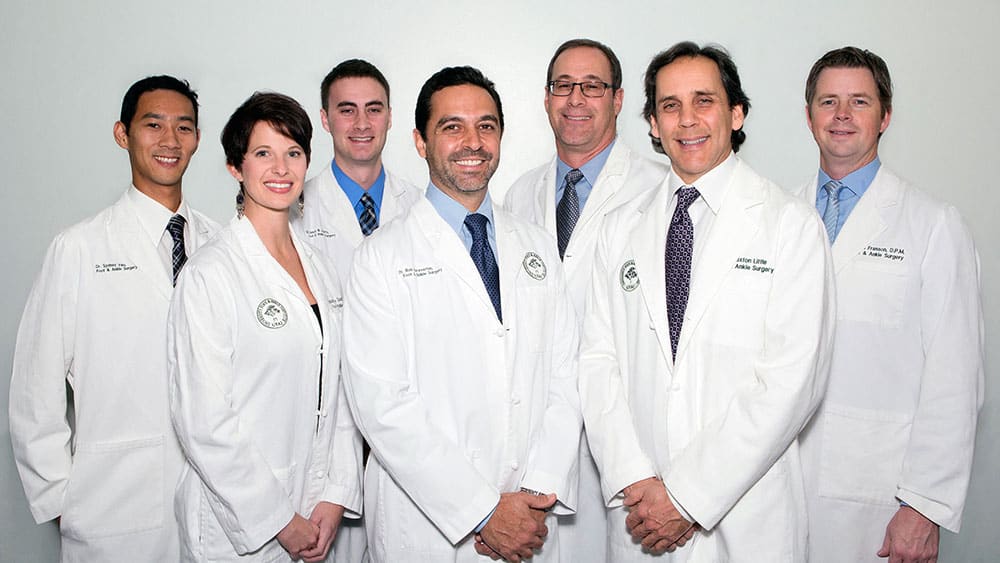
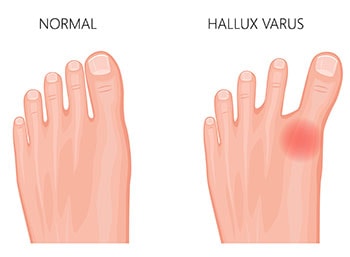 Over-correction of the angular deformity, resulting in a big toe that points inward toward the opposite foot (known as hallux varus deformity): the toe points in the wrong direction due to a muscular imbalance resulting from a failed surgery
Over-correction of the angular deformity, resulting in a big toe that points inward toward the opposite foot (known as hallux varus deformity): the toe points in the wrong direction due to a muscular imbalance resulting from a failed surgery Detailed measurements of the angular deformity at the joint formed by the first metatarsal head and the proximal bone of the big toe: the location of the unsightly bump
Detailed measurements of the angular deformity at the joint formed by the first metatarsal head and the proximal bone of the big toe: the location of the unsightly bump



